Search
Search Results
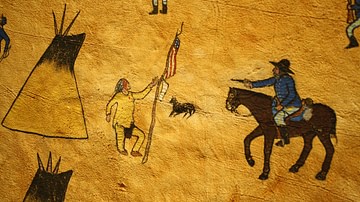
Definition
Sand Creek Massacre
The Sand Creek Massacre (29 November 1864) was a slaughter of citizens of the Arapaho and Cheyenne nations at the hands of the Third Colorado Cavalry of US Volunteers under the command of Colonel John Chivington, resulting in casualties estimated...
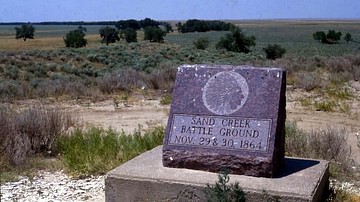
Article
Early Media Coverage of the Sand Creek Massacre and Continuing Controversy
The earliest reports on the Sand Creek Massacre (29 November 1864) characterized it as a great battle in which the Third Colorado Cavalry under Colonel John Chivington defeated a large force of armed Cheyenne and Arapaho warriors. By the...
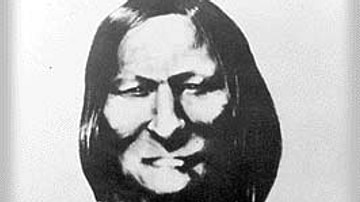
Definition
Black Kettle
Black Kettle (Mo-ta-vato/Mo'ohtavetoo'o, l. c. 1803-1868) was a chief of the Southern Cheyenne who became famous as a "peace chief" – seeking peaceful relations with the US government – as opposed to war chiefs such as Roman Nose (Cheyenne...
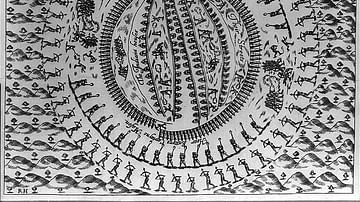
Definition
Mystic Massacre of 1637
The Mystic Massacre of 1637 (also known as the Pequot Massacre) was the pivotal event of the Pequot War (1636-1638) in New England fought between the English (along with their Native American allies the Mohegan and Narragansett tribes) and...
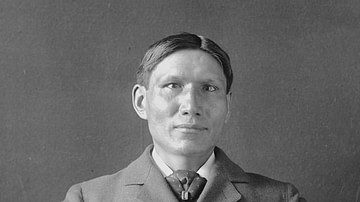
Article
Eastman's Account and Media Coverage of the Wounded Knee Massacre
Of the many first-person accounts of the aftermath of the Wounded Knee Massacre, the report by Sioux author and physician Charles A. Eastman (also known as Ohiyesa, l. 1858-1939) is among the best-known. Eastman describes his experiences...

Video
The Sand Creek Massacre of 1864: A Barbaric Slaughter of Native Americans
When the history of America comes to mind, most people expect stories about the fight for independence, liberation, World War two, the American Revolution, and so many other historical events. But that’s not all. America today is the most...
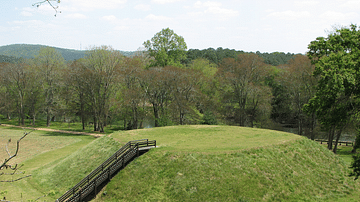
Definition
Etowah Mounds
Etowah Mounds (also known as Etowah Indian Mounds) is a National Historic Landmark and archaeological site near Cartersville, Georgia, USA, enclosing the ruins of a prehistoric Native American city whose original name is unknown. The present...
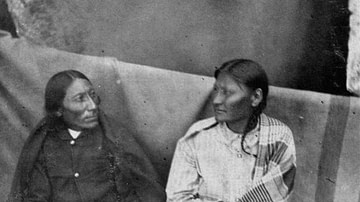
Image
Mochi: Cheyenne Who Survived Sand Creek Massacre and Became a Warrior
Cheyenne warrior Mochi ("Buffalo Calf", l. c. 1841-1881), pictured on the right, took up arms against US government forces after surviving the Sand Creek Massacre of 29 November 1864. Prior to the massacre, she was among those seeking peaceful...
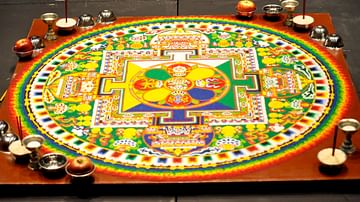
Article
Tibetan Sand Mandalas
Tibetan sand mandalas are works of art created to encourage healing, peace, and purification generally as well as spiritual or psychological focus specifically for those creating and viewing it. A mandala (Sanskrit for "circle") is a geometric...

Image
Sand Creek Battle Ground Marker
Sand Creek Massacre site marker, 1985, characterizing the event as a "battle".